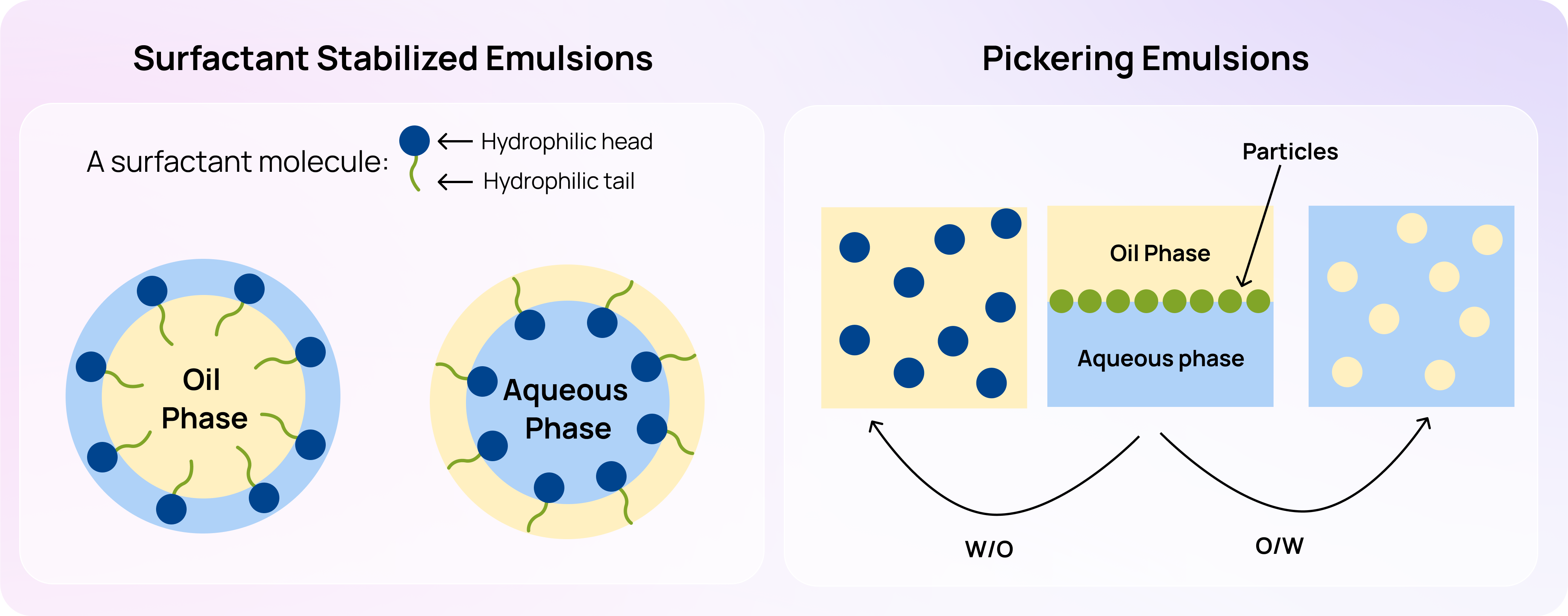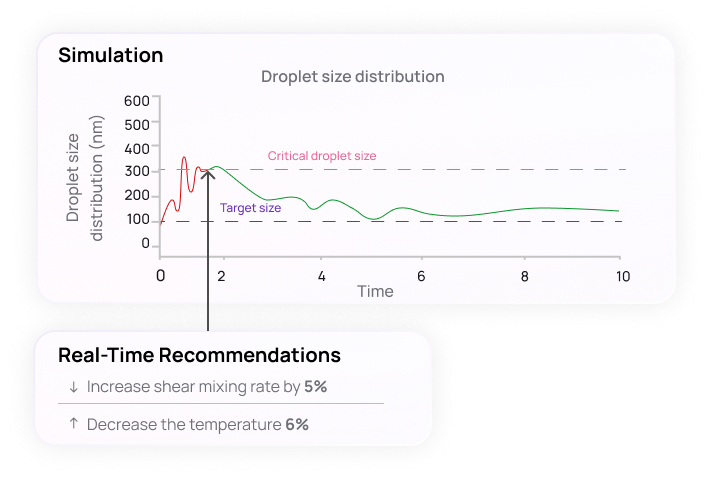Cosmetic emulsions are at the heart of countless skincare and personal care products, from the moisturizers that hydrate our skin to the sunscreens that protect it. Their role in product texture, stability, and performance makes them fundamental to the beauty industry’s ability to deliver safe, effective, and high-quality formulations.
As consumer expectations continue to rise and formulation complexity increases, manufacturers are under pressure to improve the consistency, efficiency, and agility of their production processes.
This article explores how digital twins, or replicas of physical manufacturing processes, are improving the development and production of emulsions. From reinforcing batch consistency to accelerating product development timelines, digital twins offer a new approach to solving some of the most persistent challenges in cosmetic manufacturing.
Understanding Cosmetic Emulsion Manufacturing
The goal of emulsions, mixtures of two immiscible liquids held together by stabilizing agents, is to create a stable, uniform texture that delivers specific sensory properties and functional performance.1 In personal care, emulsions fall into two primary categories: oil-in-water (O/W) and water-in-oil (W/O).
- Oil-in-water emulsions: Oil droplets are dispersed within a continuous water phase and are common in lightweight products like daily moisturizers and lotions.
- Water-in-oil emulsions: Water droplets suspended in oil. These are typically found in richer formulations like night creams, balms, or sunscreens.2
The traditional manufacturing process for emulsions involves heating the oil and water phases separately, blending them under controlled conditions, and then cooling the mixture while maintaining emulsification.

Challenges in Emulsions Manufacturing Processes
Achieving the right texture, viscosity, and stability within the emulsions manufacturing process requires precise control over process parameters such as mixing speed, temperature profile, and droplet size distribution.1 Even minor variations can result in instability, such as phase separation or undesired changes in appearance and performance.3
Scaling up a formulation from lab to production can introduce additional complexity. Equipment differences, raw material variability, and batch-to-batch inconsistencies can significantly affect product quality. Manufacturers also face pressure to meet strict quality standards, reduce production waste, and deliver new products to market more quickly, all while maintaining high levels of compliance and traceability.4
The Role of Digital Twins in Emulsion Manufacturing
A digital twin is a dynamic, data-driven model that mirrors a real-world process. In manufacturing, it allows operators and engineers to simulate, monitor, and optimize production in real time, using a combination of process data, physics-based models, and machine learning algorithms.5
Applied to cosmetic emulsions, a digital twin can capture the intricacies of the mixing and heating process, modeling how ingredients interact under specific conditions and predicting how the final product will behave. By ingesting historical and process data, the digital twin creates a virtual environment where manufacturers can test scenarios, identify bottlenecks, and fine-tune formulations, all without interrupting physical production.5
Real-Time Monitoring in Cosmetic Emulsions Processes
One of the most valuable applications of digital twins in emulsion production is real-time monitoring.
Rather than relying on retrospective analysis or physical sampling, manufacturers can use a digital twin platform to trace the source of a problem, such as an unexpected shift in temperature or an incorrect mixing speed, and resolve it with minimal disruption. This level of insight reduces the likelihood of batch failures and allows for tighter control over quality attributes.6, 7
The result is a more efficiency production process that reduces material and energy waste, while enabling more consistent and reliable production.

Predictive Optimization of an Emulsion Digital Twin
Digital twins enable predictive optimization by allowing teams to test multiple process scenarios virtually before implementation.
Instead of conducting costly and time-consuming physical trials to determine optimal mixing speeds, temperature profiles, or emulsifier concentrations, manufacturers can simulate various conditions and predict their impact on final product quality. This virtual testing compresses development timelines and reduces material waste while improving cost savings.8
Scale-up represents another critical application of predictive optimization in emulsion manufacturing. Digital twins can simulate how laboratory-proven formulations will behave when transferred to larger production equipment with different geometries, mixing capabilities, and heat transfer characteristics.9
The Basetwo platform can predict necessary adjustments to process parameters, such as modified mixing times, altered temperature ramps, etc., to maintain consistent product quality across scales, accelerating the path from lab bench to commercial production.
Real-World Example: Optimized Emulsions of a Hair Conditioner
Emulsion quality (droplet size, stability) is a complex, batch process, depending on mixing speed, temperature, surfactant levels, and viscosity.
One of Basetwo's customers, a global beauty company, developed a digital twin for their hair conditioner emulsification process to predict particle size distribution and viscosity across different formulations and production scales.
The digital twin tracks critical process variables during manufacturing and learns from historical batch data to predict final product characteristics before completion.
With Basetwo, the company was able to accurately predict quality attributes like droplet size and stability, reducing off-specification batches, and accelerating the scale-up process from laboratory development to full production. The implementation resulted in more consistent product quality and faster time-to-market for new hair conditioner variants.

Conclusion
Digital twins are transforming cosmetic emulsion manufacturing by providing real-time process visibility and predictive optimization capabilities that traditional methods cannot match. As demonstrated by the hair conditioner case study, this technology delivers measurable results: reduced batch failures, faster scale-up, and more consistent product quality.
For cosmetic manufacturers facing increasing pressure to innovate quickly while maintaining quality standards, digital twins offer a proven path forward. The technology is ready, and leading beauty companies are already realizing its benefits.
To learn how Basetwo helps cosmetic manufacturers integrate digital twins into their production workflows, get in touch with our team.



